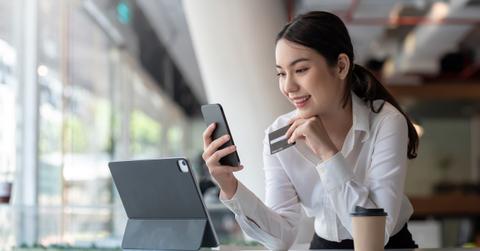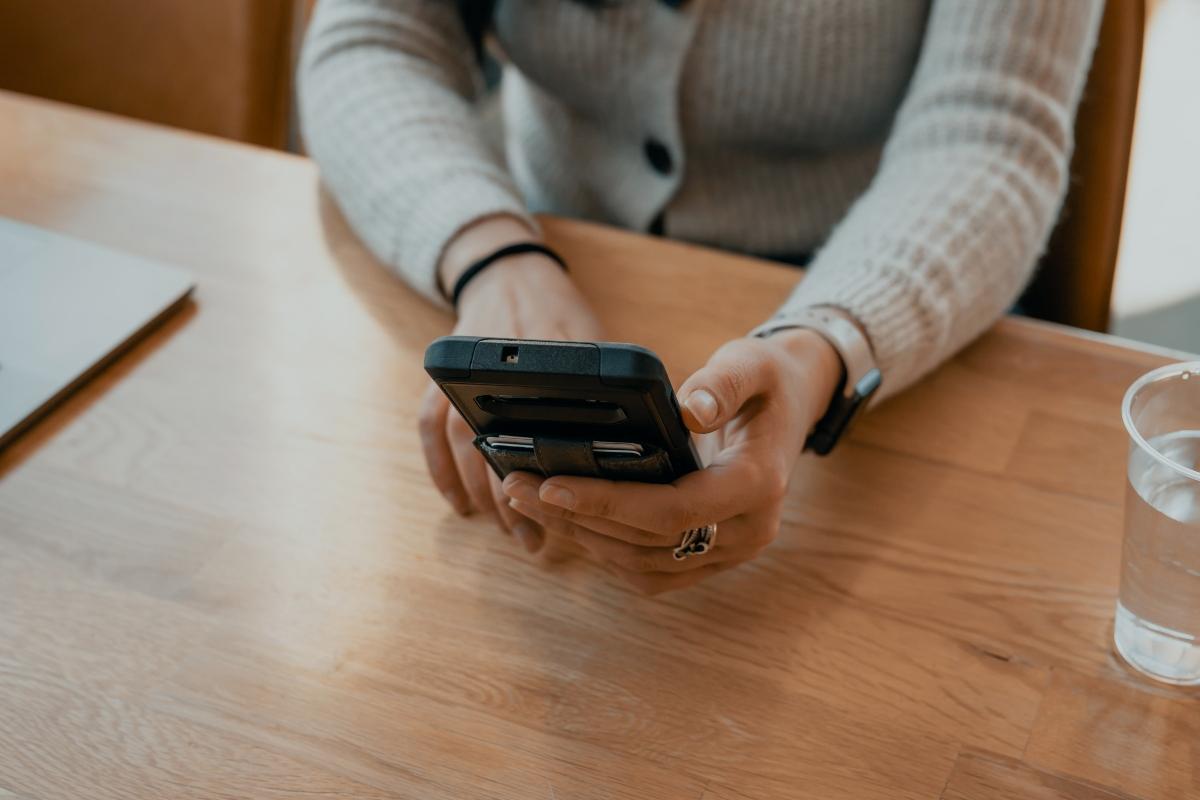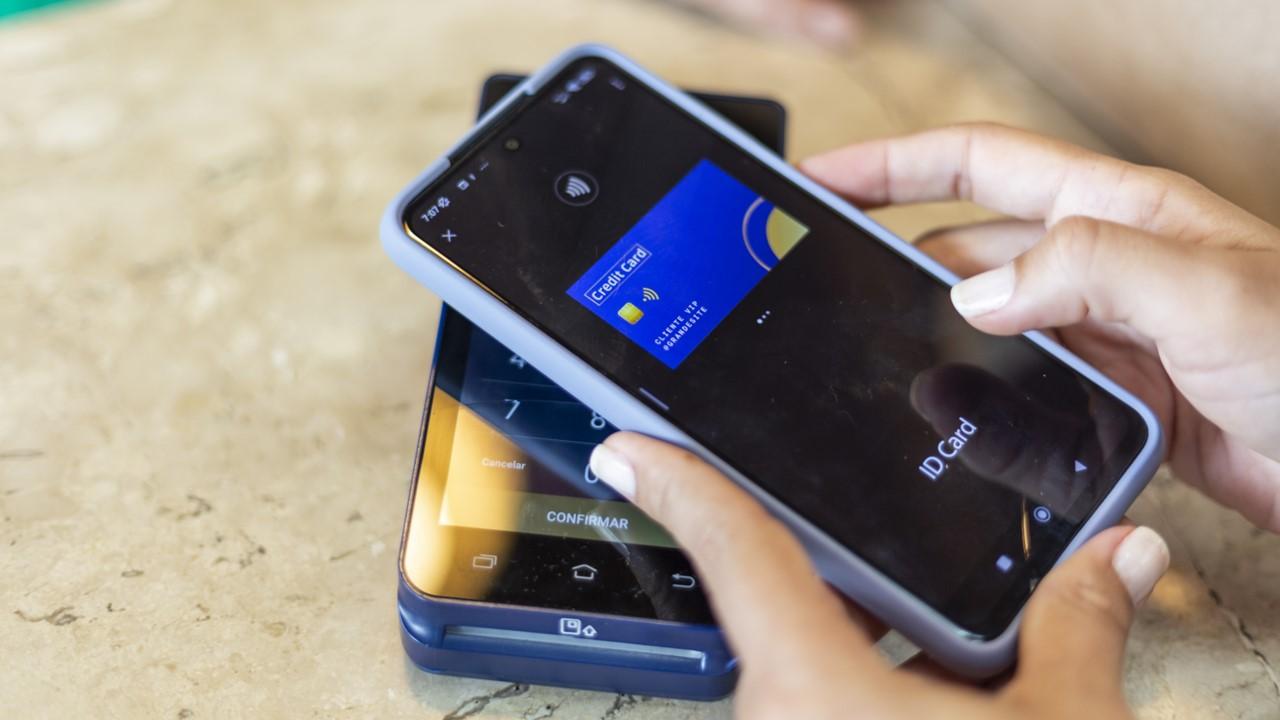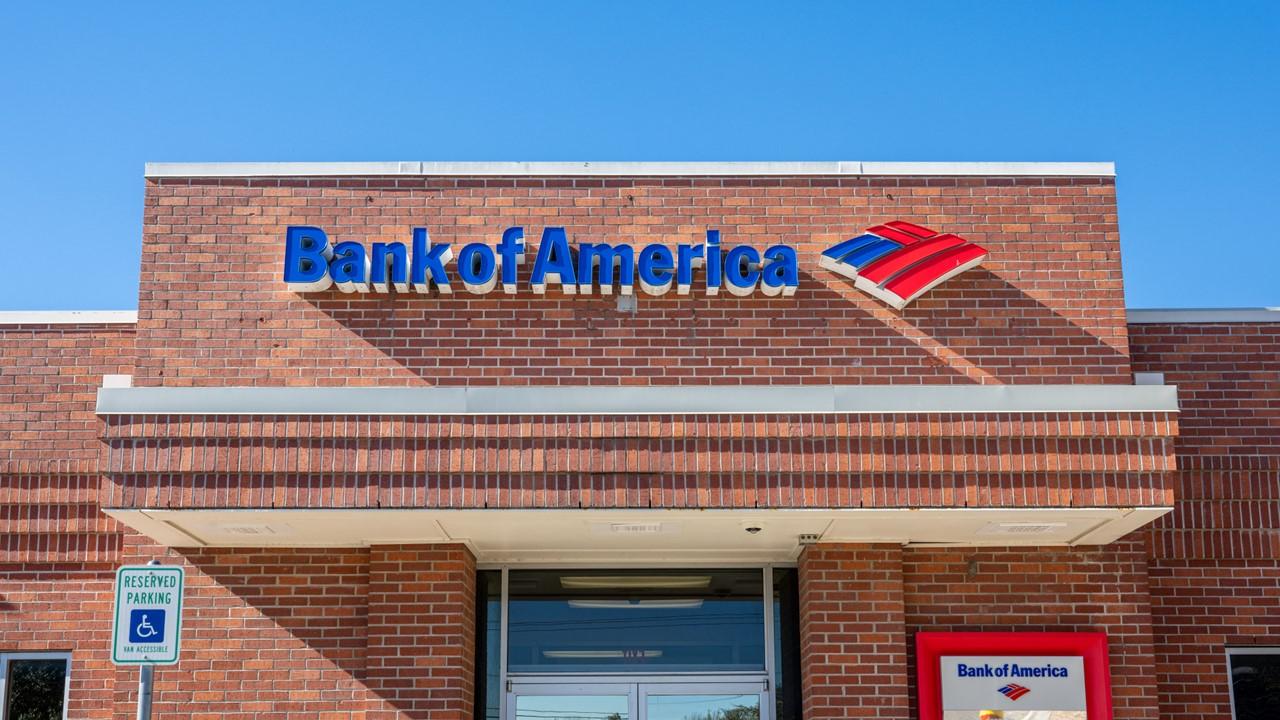Just How Safe Is Mobile Banking? Take These Precautions
Is mobile banking safe for customers? Check out the precautions you should take to protect your identity and your money if you use mobile banking.
Jan. 23 2023, Published 2:17 p.m. ET

As the prevalence of cybersecurity attacks seems to grow every year, it's natural for consumers to wonder about the safest ways to do their banking. If you're keeping your money in a bank, you already place some of your trust in that bank. But is mobile banking safe? How can you be sure your accounts are secure?
Mobile banking, according to cybersecurity experts, is fairly safe. However, as with anything where your personal data and financial information is involved, it's up to the customer to practice security precautions.

Is mobile banking safe? There are some risks.
In general, what customers worry about with mobile banking is any sort of threat to their personal information or their bank accounts. Of course, if bad actors gain access to your checking or savings account, they could withdraw all of the funds.
According to Bankrate, the FBI notes two primary risks for mobile banking customers. First, app-based banking trojans can lead to hackers installing malware on your device. The second primary issue is fake banking apps, which are used to trick customers into entering their login credentials.
It's important to remember that security risks exist in a physical bank building as well as in a digital banking app. However, there are security measures you can take to ensure your bank accounts and devices are safe during mobile banking.
Follow these protection tips for safer mobile banking.
Here are a few of the best practices to protect yourself when mobile banking:
- Don't use public Wi-Fi.
- Create a strong password.
- Lock your phone whenever it isn't in use.
- Use two-factor authentication.
- Download a verified banking app from the bank's website.
- Watch out for text or email messages trying to get your information.
- Use alerts on the bank app.

A few of the precautions are standard practice for any time you're using sensitive information in a digital fashion. For example, in public places, avoid using public Wi-Fi when conducting banking business or checking credit card balances. Always create and use strong passwords as well (and use a password manager rather than saving passwords to devices).
Another big security precaution is to only download a mobile banking app directly from your bank's website. Paul Benda, the senior vice president for operational risk and cybersecurity at American Bankers Association, told Bankrate that's the safest option because "Banks use extremely secure, high-end encryption technologies."
Watch out for phishing and smishing.
When you're using mobile banking, you need to be aware of both "phishing" and "smishing." Phishing is the tactic hackers use of sending email messages that look legitimate to trick users into giving away personal information such as date of birth, social security number, username, password, and account numbers.
"Smishing" is the same hacking strategy, but done via text message. Whatever form of messages you receive, don't automatically assume it's from your bank. Pay attention to any abnormalities in messages claiming to be from your bank (misspelled words, a faulty logo) and verify the sender.
For mobile banking protection, don't click on links in text messages or emails. Instead, navigate to your bank's app, login, and look for any messages or information there. Hackers are skilled at making fake apps and messages that get users to divulge their personal information.

Banks like Bank of America have warned customers of the types of requests scammers often send out. When mobile banking, keep in mind that your bank shouldn't ask you to "verify account information" via email or text, require you to pay them in Bitcoin, or ask you to send money through another payment app.
Here are some ways to ensure you have secure mobile banking features.
Your bank's mobile banking features should provide security. High-end encryption technology should be used, and your app can also use strategies like app time-out (automatically logging you out after a period of inactivity) and easy locking of your debit card.
